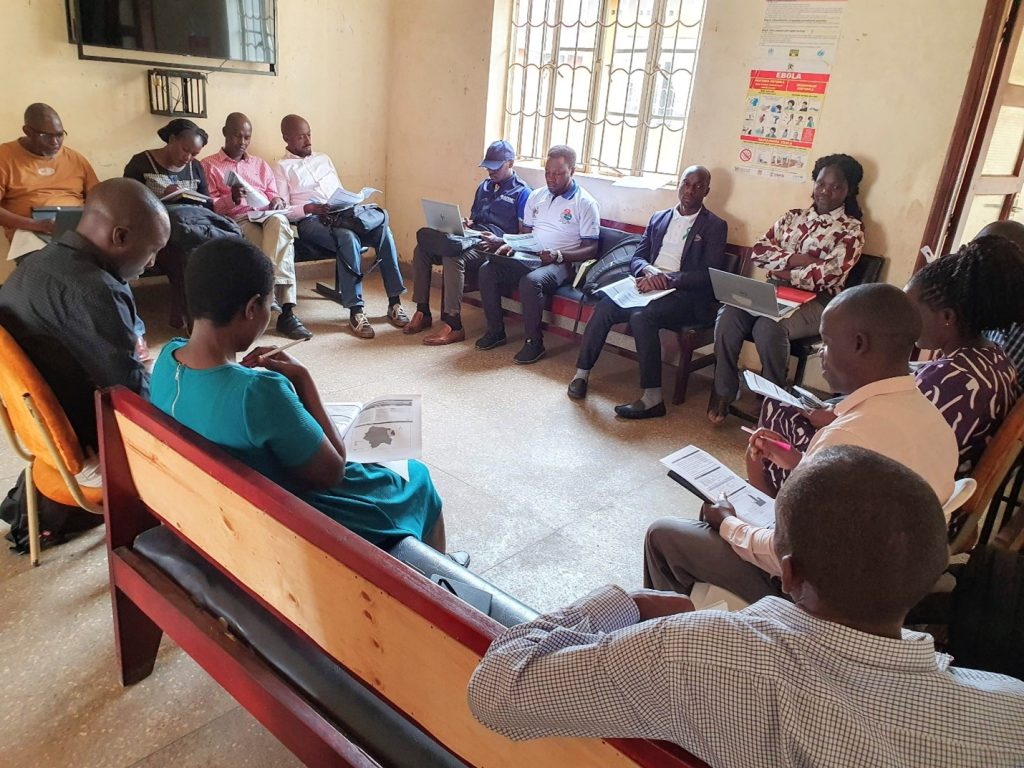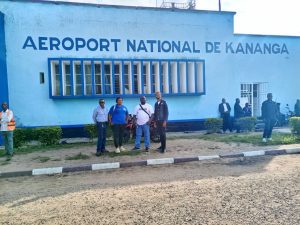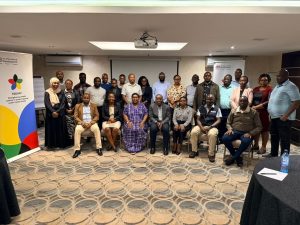Responding to measles outbreak in Uganda’s Kyenjojo District
-
by
AFENET

As measles cases spiral in a couple of countries across the World, Uganda is no exception. Following detection of suspected cases during a community integrated outreach in Hamurongo village – Kitega sub county in Kyenjojo District on 12 January 2024, and similar reports by a community health worker in a neighbouring village (Buranga) a few days later, a measles red flag was raised.
District health authorities proceeded to collect six samples from suspected cases for onward transmission and testing at the Uganda Virus Research Institute in Entebbe, some 470 kilometres and almost four and a half hours away by road from Kyenjojo.
Outbreak confirmation
“On the 19th of January, the in-charge of Bufunjo Health Centre III took the samples to Entebbe and by 4p.m we were sent results that all the six samples were positive for measles and none had rubella. Subsequently the ministry of health declared us as having an outbreak. We were told we now had to plan response activities,” recounted Mr Joseph Mwanguhya, the Kyenjojo District Surveillance Focal Person.
This declaration prompted urgent measures to tackle the situation. Subsequently, led by the Uganda Health ministry and the District Health Team with the support of partners including the African Field Epidemiology Network through the Lifecourse Immunization project, Baylor Uganda and World Health Organization, response activities were activated.
Response activities
Surveillance activities included an epidemiological investigation, case finding through active search, alert management, case management. Early efforts saw 87 cases line listed through active case search in the communities.
“Of these cases, only eleven had gone through the health system and the rest were through active community search, thanks to the support of Baylor Uganda and AFENET,” Mr Mwanguhya observed.
Risk communication efforts saw Health education talks intensified in the health facilities. VHTs and environmental health staff were mobilized to enhance house to house community sensitization and awareness about the highly contagious measles disease.
To slow the spread of the deadly viral disease, the district deployed 62940 doses of the Measles Rubella vaccine with immediate focus on the most affected sub-counties of Kitega, Kinyegaramire, Kifuuka, Bufunjo.
According to the WHO, being vaccinated is the best way to prevent getting sick with measles or spreading it to other people. Any non-immune person (not vaccinated or vaccinated but did not develop immunity) can become infected, with young children and pregnant persons are at highest risk of severe measles complications.
While lauding the efforts of the responders, Assistant District Health Officer (for environmental health), Ms Anyonga Prisca, said the health department was committed to ensuring that the current vaccination efforts reach everyone who needs it. “We would like to see, among other interventions, our vaccination coverage goes up and sustained at good levels. We shall also put in place sustainable measures to ensure that we don’t have a reoccurrence for this specific outbreak, but also others.”

Measles vaccination coverage is less than 95% at most of the health units leaving most of the vulnerable categories exposed as depicted in the vaccination status of the initial line listed cases below:
Vaccination status per age category
| Months | Immunised | Not Immunised | Unknown |
|---|---|---|---|
| <9months | 0(0%) | 8(16%) | 0(0%) |
| 9-18months | 2(6%) | 11(22%) | 0(0%) |
| >18months | 30(94%) | 32(63%) | 2(100%) |
| Grand Total | 32(100%) | 51(100%) | 2(100%) |
Drivers of current outbreak
· An early action review assessment at the onset of the outbreak reported these as: Inadequate linkages between the health system and community in terms of surveillance (exhibiting knowledge gaps on community based disease surveillance and many village health teams were found inactive)
· Poor accessibility to health services in some of the sub counties (with 57% of the population in the affected area having to move between 5 and 9 kilometers to access health care)
· Poor health seeking behaviour (with many of those most affected subscribing to religious affiliations with an apathetic approach of vaccination)
Way forward
Increasing outreaches to take vaccination services closer to the people, engaging religious leaders to get buy-in, and boosting risk communication and community engagement to counter the many myths that abound and generating demand for vaccination services rank high. But as the district surveillance focal person pointed out while presenting the 5th situation report, funding remains a major limiting factor.





